The Finke River is considered one of the oldest river systems in the world and is a stunning landscape of rugged outbacks, red cliffs and ancient gorges. In the heart of Central Australia this is a must-see destination for nature lovers, adventurers and history buffs.
A Natural Wonder with a Long History
The Finke River is also known as Larapinta by the local Arrernte people and is approximately 750 km long from the MacDonnell Ranges in the Northern Territory to the Simpson Desert. Estimated to be around 350 million years old it is one of the oldest rivers still flowing in its original course.
For thousands of years the river has been part of Indigenous Australian culture, a vital water source and spiritually significant. The region is dotted with Aboriginal rock art, sacred sites and Dreamtime stories that tell the story of the land. John McDouall Stuart and other explorers have traversed these lands and added to its history.
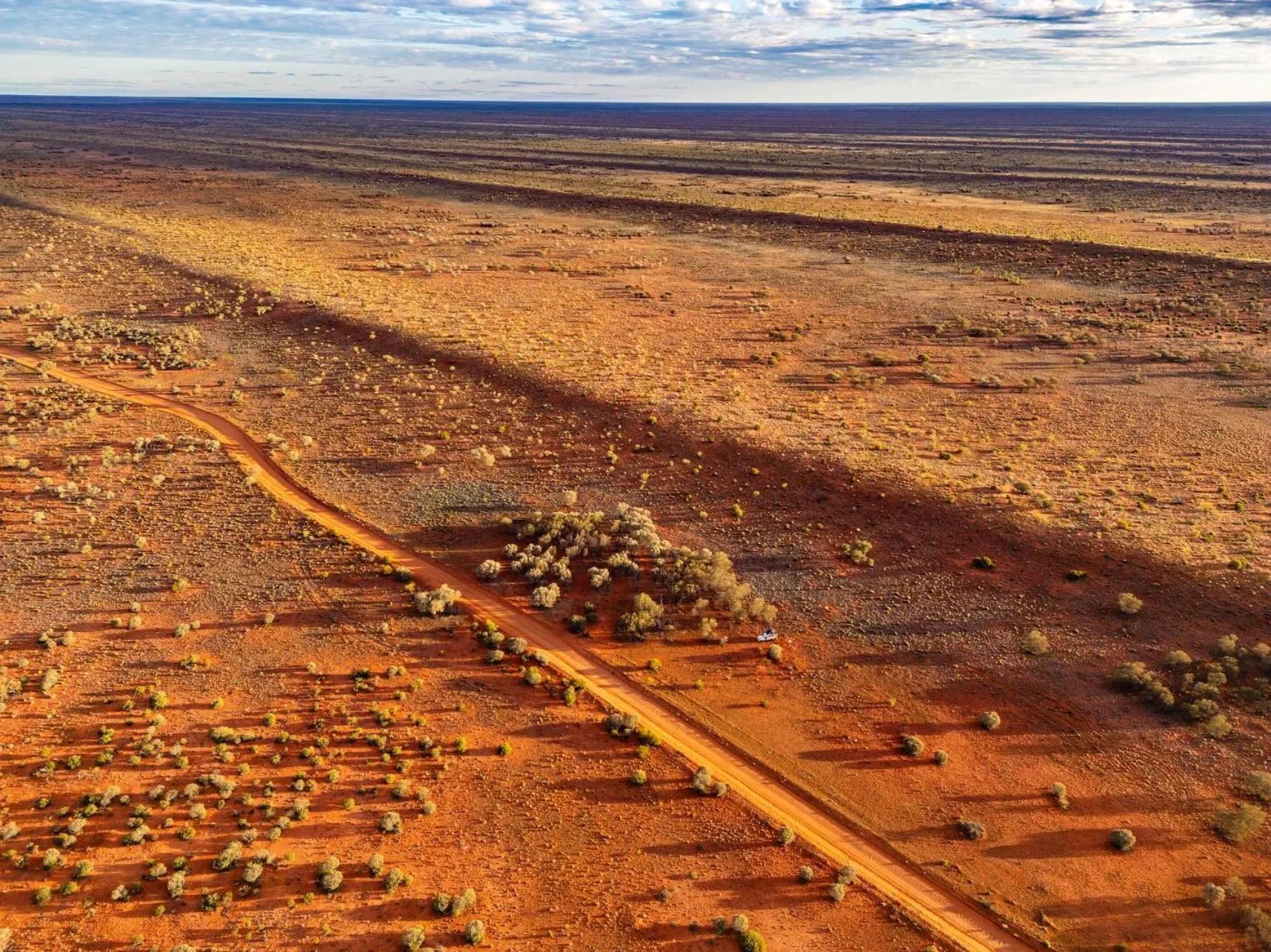
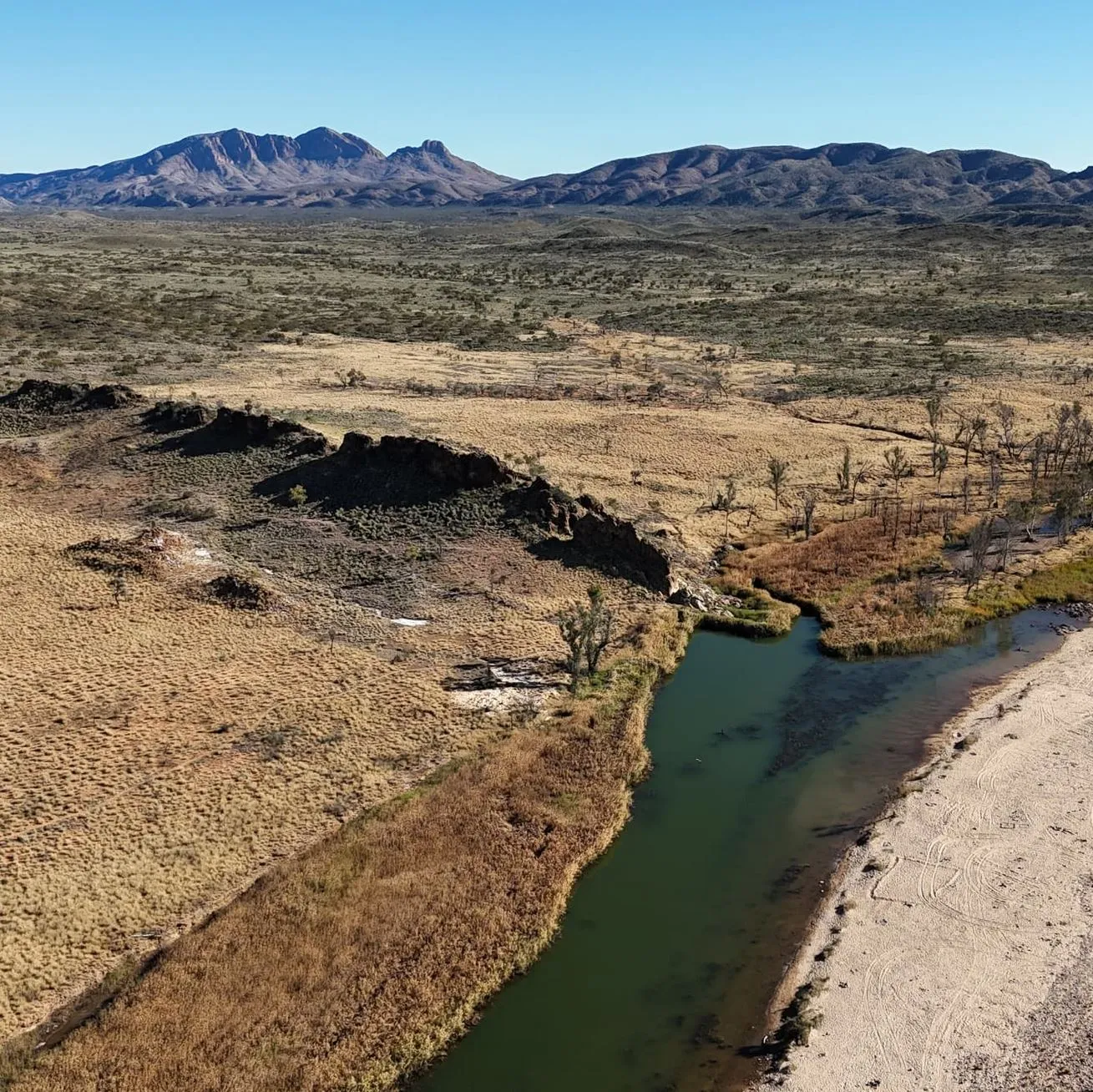
Things to See and Do
If you’re planning to head to the Finke River here are some attractions you won’t want to miss:
Finke Gorge National Park
One of the best attractions along the Finke River is Finke Gorge National Park, where you’ll find Palm Valley. This lush oasis is home to the only red cabbage palms in the world. The park is good for hiking, camping and 4WD adventures. Check the entry fees and get a Parks Pass if required.
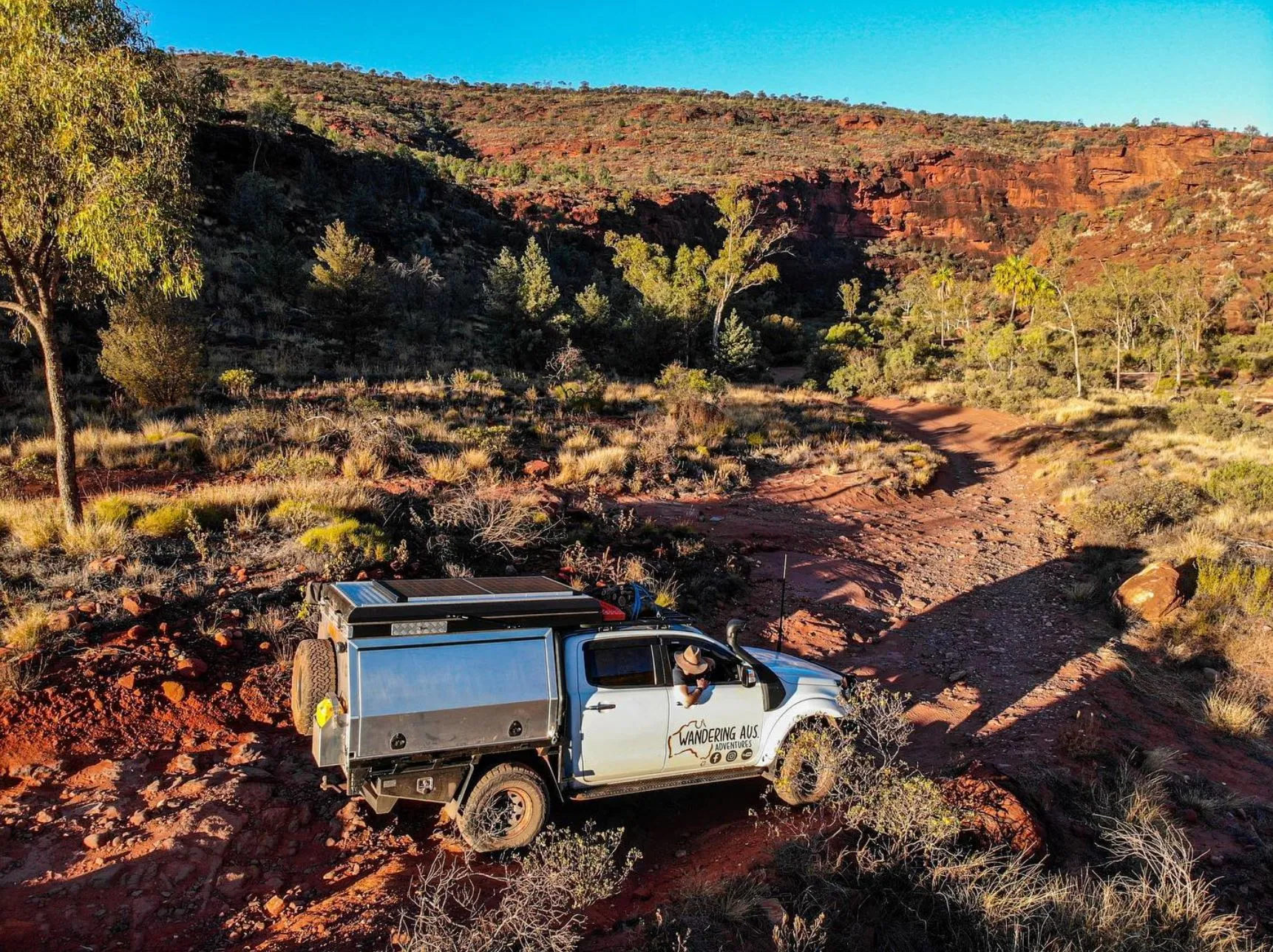
4WD Adventures Along the Finke River
The Finke River is one of the best off-road driving in Australia. The annual Finke Desert Race, one of the toughest off-road races in the world, follows the riverbed and attracts thrill seekers from around the globe. If you’re up for an off-road challenge this is the place to test your skills on rocky terrain and dry river bed.
Camping Under the Stars
Camping along the Finke River is an experience. The remote location means minimal light pollution and some of the clearest night skies for stargazing. Popular campsites are Boggy Hole and Running Waters. Both have stunning views. If you’re staying at Glen Helen you’ll have hot showers and facilities.
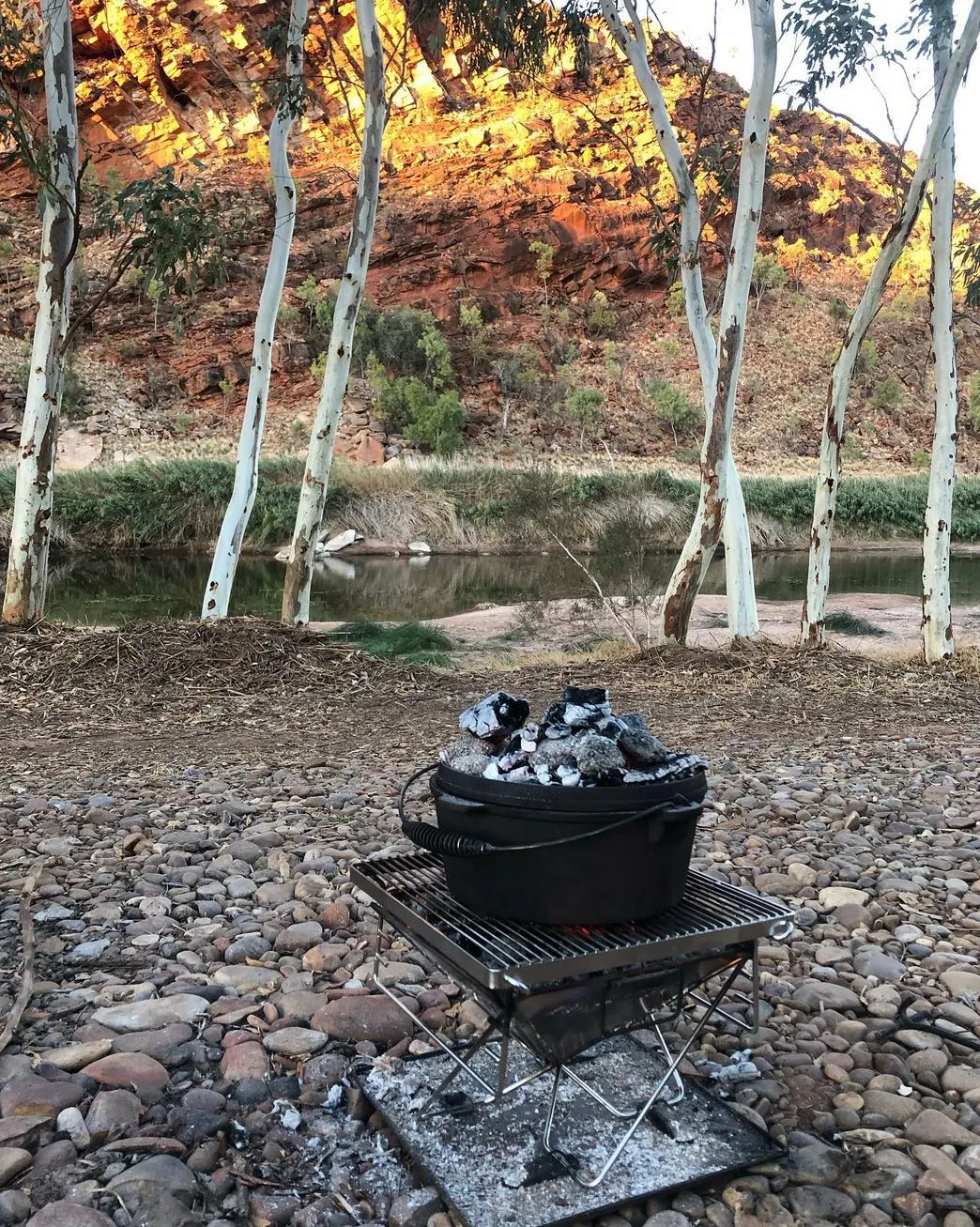
Exploring the Gorges and Waterholes
Looking for a more relaxed experience? Glen Helen, Ellery Creek Big Hole, and Serpentine Gorge are great for a picnic, swimming or light bushwalking. Many of these areas have hot showers, water tanks and picnic tables and are perfect for day visitors.
The Larapinta Trail: An Iconic Desert Trek
The Larapinta Trail is one of the most famous outback treks in Australia, covering over 223 km from the Alice Springs Telegraph Station to Mount Sonder. The trail has varied terrain, steep ascents, rocky paths, and dry riverbeds, making it a fun challenge for hikers.
Trail Highlights:
- Wallaby Gap & Simpsons Gap – Stunning gorges with unique rock formations.
- Jay Creek & Euro Ridge – Spectacular views over the desert landscape.
- Larapinta End at Glen Helen – A great finish to this outback trek.
Don’t forget to bring trail runners, a day pack and water bottles. If you have a heavy pack, consider Larapinta Trail Transport or Larapinta Trail Trek Support for logistics.
Best Time to Visit
The best time to visit the Finke River is during the cooler months, April to September when the temperatures are more forgiving for outdoor activities. Summers can be scorching hot making travel challenging due to extreme weather.
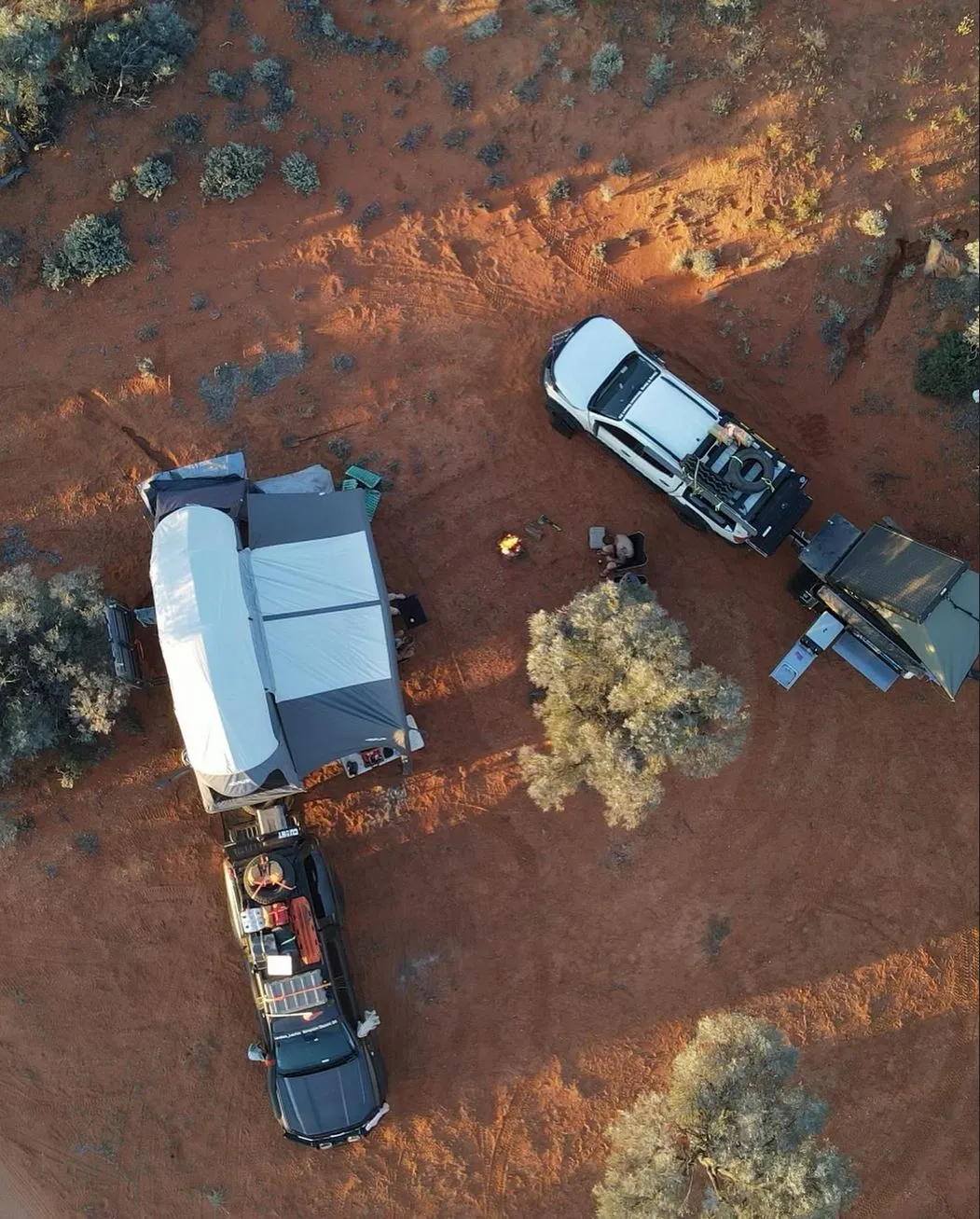
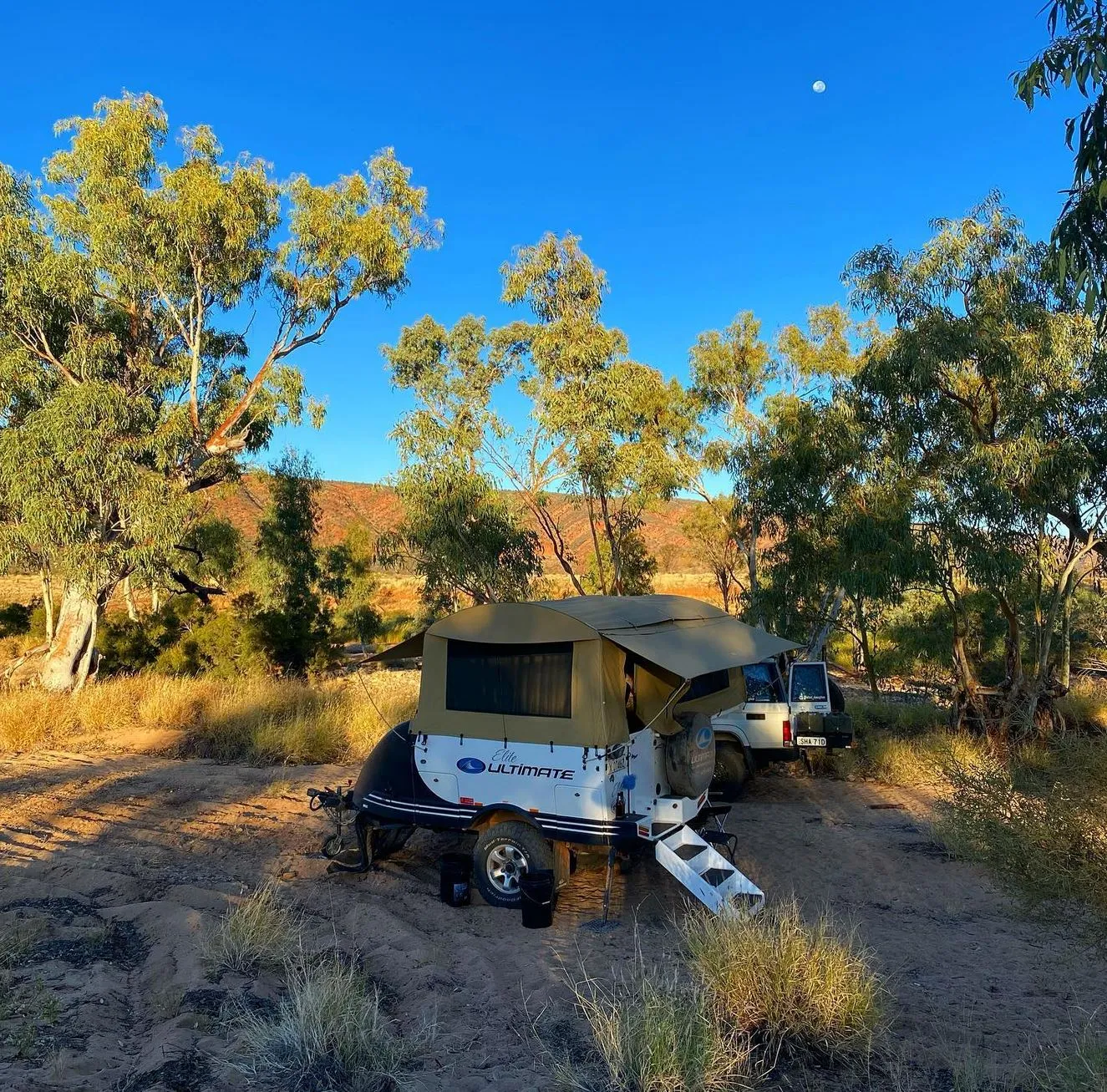
How to Get There
From Alice Springs: The Finke River is most accessible from Alice Springs which is 2 hours away by car. A 4WD is recommended for Finke Gorge National Park and surrounding areas.
From Other Locations: If you are coming from WA, SA or other parts of the NT you can fly into Alice Springs and hire a 4WD.
Travel Tips for Visiting
- Bring plenty of water – The area is remote and water sources are limited, some places have a water tank.
- Check road conditions – Some tracks are 4WD only and conditions can change quickly.
- Respect cultural sites – Many areas are of great significance to Indigenous communities including Angkerle Atwatye.
- Leave no trace – Protect the environment by taking all your rubbish with you.
- Be prepared for steep climbs – Some areas like Razorback Ridge require good fitness levels.
- Understand cancellation conditions – If booking a tour check the booking conditions and cancellation conditions in case of changes.
- Be aware of medical conditions – Some areas are remote and help may be a long time coming.
The Finke River System is more than just a waterway—it’s a living piece of ancient history, a place of adventure and a sanctuary of natural beauty. Whether you’re looking to tackle its rugged terrain by 4WD, soak up the cultural heritage or simply take in the ancient landscape, this is one of Australia’s hidden gems.
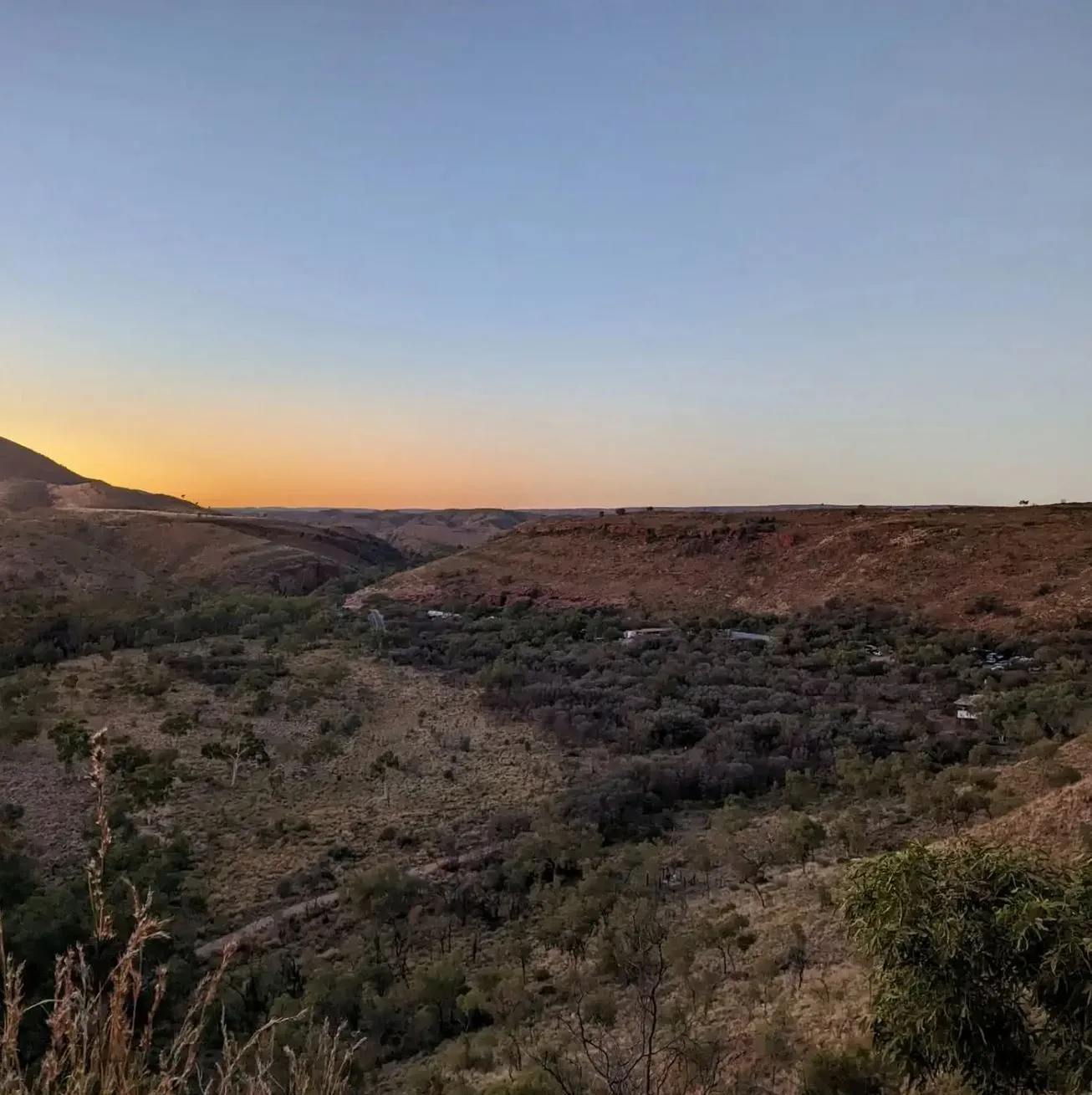
FAQ
How old is the Finke River, and where does it flow through?
The Finke River is over 350 million years old, one of the oldest river systems in the world. It runs through the MacDonnell Ranges, Finke Gorge National Park and into the Simpson Desert.
Do I need a 4WD to explore the Finke River?
Yes, many areas including Finke Gorge National Park require a 4WD vehicle due to rocky terrain, dry river beds and steep climbs. If you’re self driving, check travel arrangements with a travel consultant.
What’s the best time to visit the Finke River?
May to September is the best time to visit, cooler months. The weather is more comfortable for hiking, camping and exploring the desert landscapes.
Are there entry fees for Finke Gorge National Park?
Yes, some areas require a Parks Pass and entry fees apply depending on the location and time of booking. If you’re hiking or camping check booking conditions, travel arrangements and cancellation conditions in advance.
Can I swim in the Finke River?
Most of the Finke River is a dry river bed, but you can swim in permanent waterholes like Ellery Creek Big Hole, Ormiston Gorges and Glen Helen. Always check conditions before swimming as water levels change with pop-up showers and seasonal rain.
